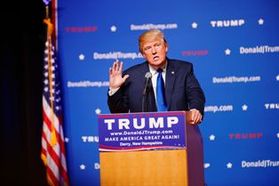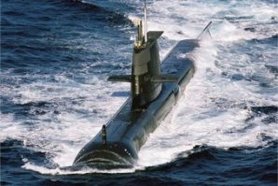
In Trump`s view, both Japan and South Korea are `rich nations` that have been `free riding` on the US military presence in Asia while the US has fallen into poverty and cannot afford to maintain its forces in the region. Hence if such forces are to stay, then both countries will have to pay `100%` of the costs of maintaining them. These comments have, not surprisingly, caused a lot of consternation in both countries. In the case of Japan, Trump`s comments have been interpreted as a warning and an unwelcome one at that. According to this Yomiuri Shimbun article, government sources have been voicing their consternation about what a Trump presidency would mean for the US-Japan Security alliance, with the consensus view being that it would be plunged into dire straits.
One particular problem for Japan appears to be the fact that no one knows precisely who is giving foreign policy advice to Trump. Many foreign dignitaries have been attempting to meet with Trump`s campaign, but have either been ignored or stalled. It`s subsequently been impossible for Japan to be able to set the record straight on just how much Japan contributes to the defence burden sharing with the US (it`s around 946 billion yen, with a clear US advantage in terms of land acquisition, housing, transportation, and legal affairs).
This is just a personal opinion of mine, but I can`t help feeling that perhaps Trump is `winging it` in terms of accuracy to secure the primary nomination for the Republican Party, a party whose central political message has been driven so far to the right in recent decades that it no longer resembles its reasoned predecessor and has become a platform for polemicists and unashamed populists. Trump is one of the latter, saying whatever he likes in order to win a majority of support regardless of the damage that it will do to the Republican campaign and to the credibility of the party.
Trump has been reminded in interviews that having Japan pay `100%` of the costs of its defence would be tantamount to just removing US forces completely from Japan, an event which would precipitate a military build-up in Japan including the possibility of Japan acquiring nuclear weapons. In Trump`s view, Japan is going to do that anyway, so why prolong the agony? Apart from the fact that the NPT in north Asia would become completely meaningless (for if Japan acquired nuclear weapons, then so would South Korea, and this could have a flow on effect on the rest of Asia, so that very soon the entire Indo-Pacific would be armed with nuclear devices with an absence of agreements to control their use), it would send a very discouraging message to every other US alliance in existence and negate the effectiveness of each and every one of them.
Still, it is the business of governments to prepare for contingencies, no matter how far fetched they might appear. If Trump emerges as president, then global stability will take a major hit, new alliances will have to be formed that exclude the US, and conflict will once again become a defining characteristic of international relations. No matter how one examines it, it will not be an era of optimism.



 RSS Feed
RSS Feed